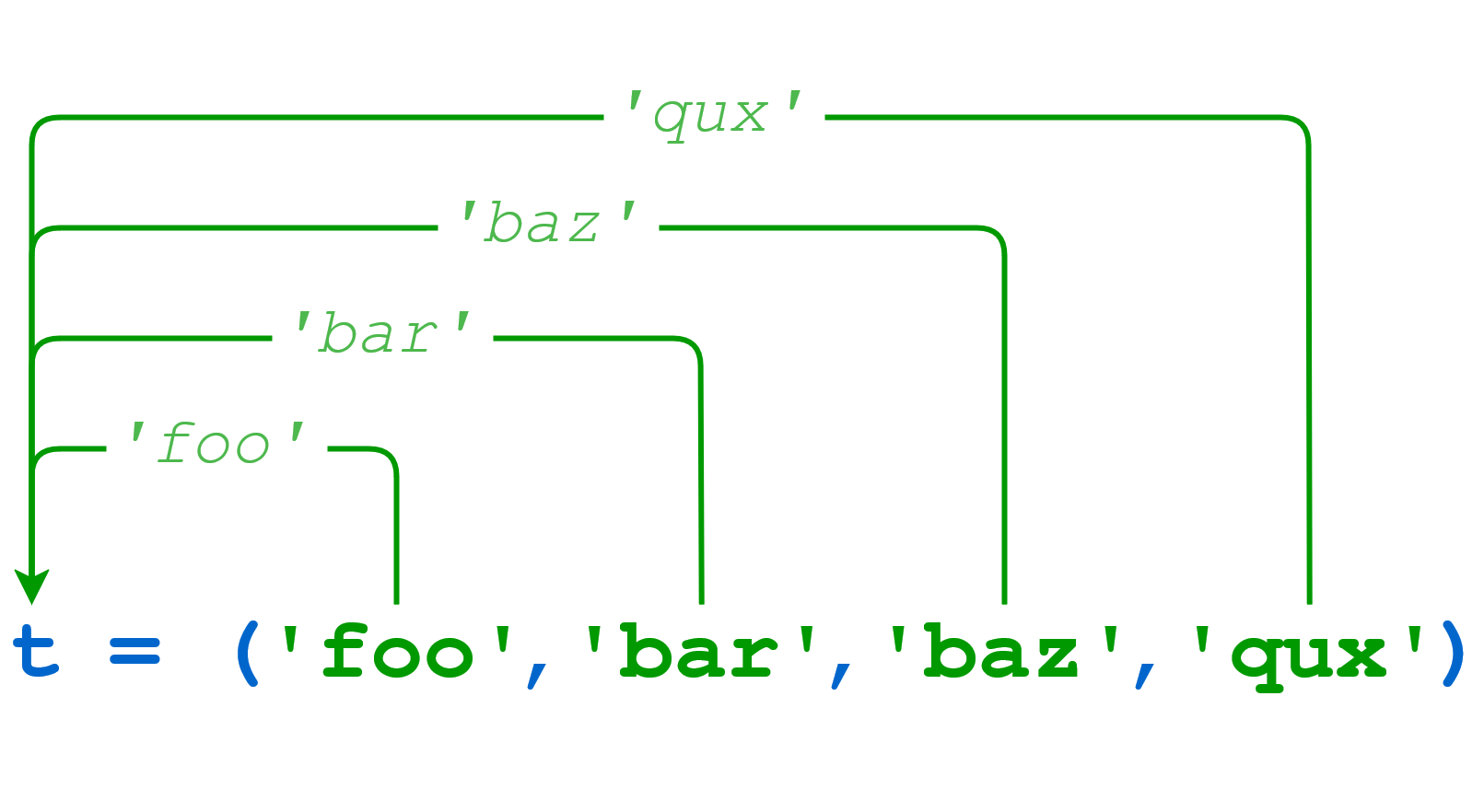


Note: args is just a convention, you can use any other parameter name Note how the starting number of the result must be one because if we start with zero, the function will always return zero. Here we’re treating the args parameter as an iterable, walking across its elements and returning the product of all the numbers. We can solve all of this just by packing the list directly on the function, which creates an iterable inside of it and allows us to pass any number of arguments to the function. TypeError: product() takes 2 positional arguments but 4 were given Until here, everything works just fine, but what if we wanted to pass a longer list? It’ll certainly raise an error because the function is receiving more arguments than it’s capable of manage. > def product(n1, n2):Īs you can see we’re unpacking the list numbers to the function, so we’re actually running the following: > product(12, 1) Suppose we have a function that calculates the product of two numbers. Let’s see why do we need to use them along with callables. You’ve probably seen args and kwargs before either implemented on classes or functions. Let’s see how we can use unpacking with callables Packing in Functions: args and kwargs This is a pretty short way to create compound dictionaries, however, this isn’t the main approach of unpacking in Python. On the other hand, we use the asterisks (*, **) before an iterable to unpack it - for instance: > *range(1, 6), When you see this, it means we’re using the arithmetic operators. If you don’t have it installed check out our Python installation guide.Īs you can see, we’re using the asterisk after the first number and before the second one. Note: You need to have Python 3 installed to follow along with this tutorial. We can prove that by opening a Python shell and typing: > 3*3 One asterisk (*) is used for multiplication, while two of them (**) refer to exponentiation. Let’s start with the most frequent confusion: Asteristics in Python are also arithmetic operators.
Tuple unpacking python how to#
We’ll be walking through the concept of unpacking, and how to use it to write more Pythonic code.

Tuple unpacking python code#
You’ve probably seen * and ** in other’s code or even have used them without actually knowing what their purpose is. Today you’ll learn to use one of its core - but often ignored - features, unpacking in Python. Hopefully this article has been useful for you to understand how to split a tuple into multiple variables using Python.Python is the most used programming language. We can use tuple unpacking to create new lists from lists of tuples in a similar way as we can create variables from tuples.īelow is an example of how to split a list of tuples into lists using Python. When working with lists of tuples, sometimes it can be useful to able to split the list of tuples into lists containing the values of each tuple element. x = 2Ģ Splitting a List of Tuples into Lists in Python We can swap values with tuple unpacking in the following way. One application of splitting a tuple is when you want to efficiently swap the value of two variables in Python. x, y, z = (0, 1, 2)Ģ Using Tuple Unpacking to Swap Values in Python

To split a tuple, just list the variable names separated by commas on the left-hand side of an equals sign, and then a tuple on the right-hand side.īelow is an example of splitting a tuple into three variables in Python. You can unpack tuples with variable names separated by commas. When working with tuples, it can be useful to be able to unpack the values of the tuples and create new variables. In Python, tuples are a collection of objects which are ordered and mutable. In Python, you can split tuples into multiple variables with tuple unpacking.


 0 kommentar(er)
0 kommentar(er)
